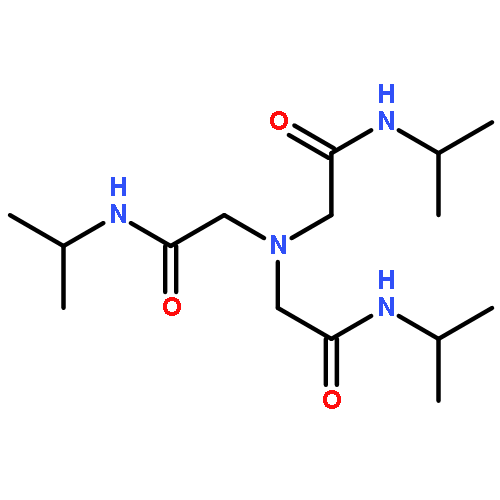Alfred Werner described the attributes of the primary and secondary coordination spheres in his development of coordination chemistry. To examine the effects of the secondary coordination sphere on coordination chemistry, a series of tripodal ligands containing differing numbers of hydrogen bond (H-bond) donors were used to examine the effects of H-bonds on Fe(II), Mn(II)–acetato, and Mn(III)–OH complexes. The ligands containing varying numbers of urea and amidate donors allowed for systematic changes in the secondary coordination spheres of the complexes. Two of the Fe(II) complexes that were isolated as their Bu4N+ salts formed dimers in the solid-state as determined by X-ray diffraction methods, which correlates with the number of H-bonds present in the complexes (i.e., dimerization is favored as the number of H-bond donors increases). Electron paramagnetic resonance (EPR) studies suggested that the dimeric structures persist in acetonitrile. The Mn(II) complexes were all isolated as their acetato adducts. Furthermore, the synthesis of a rare Mn(III)–OH complex via dioxygen activation was achieved that contains a single intramolecular H-bond; its physical properties are discussed within the context of other Mn(III)–OH complexes.The effects of the secondary coordination sphere are evaluated in a series of metal complexes containing tripodal ligands with varying numbers of hydrogen bond donors.
![Image for unlabelled figure]()
